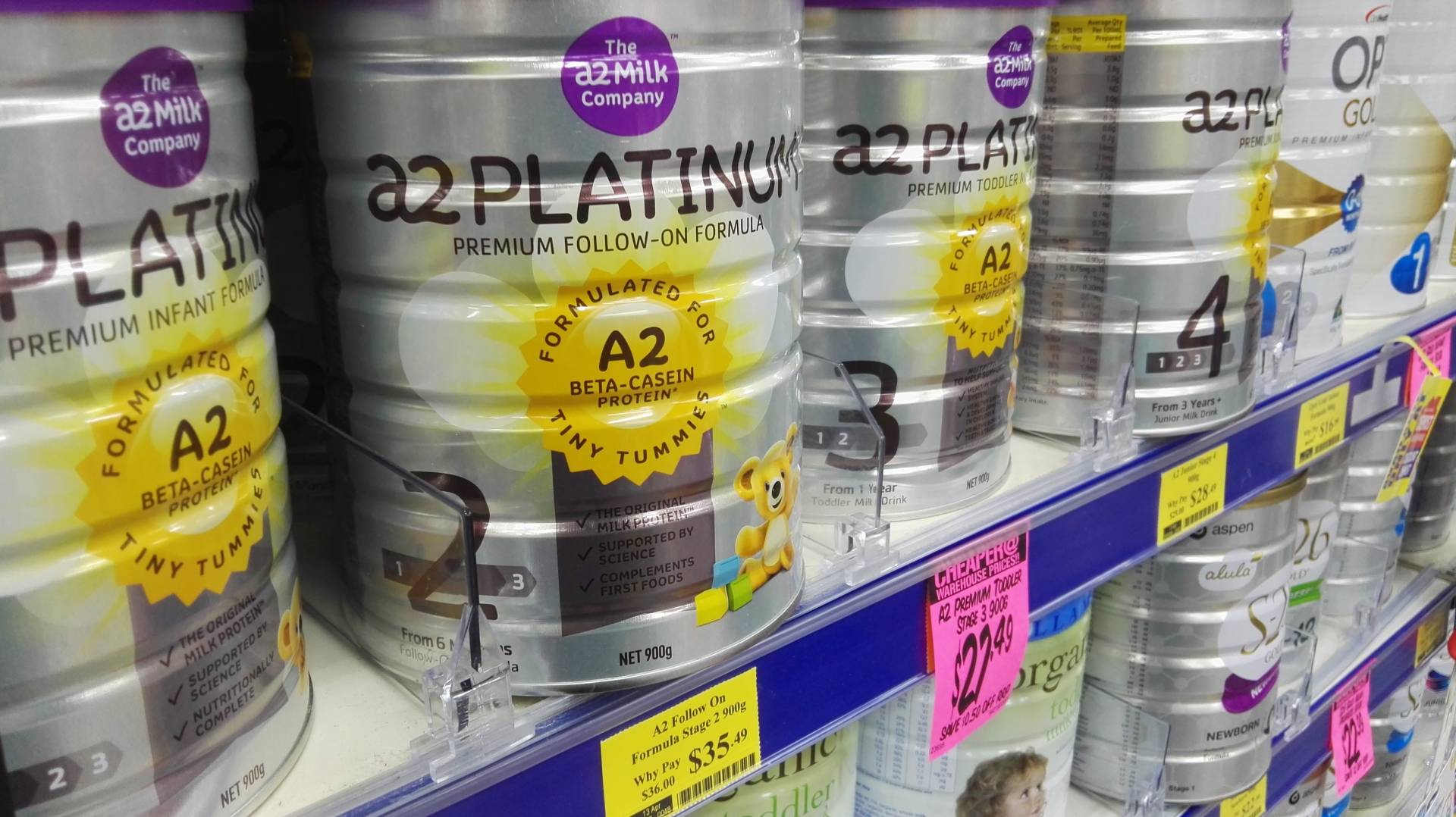
Nikhil Nigania , Director, Bernstein , says the power story is that of accelerating demand, evening power shortages, and a big push from the government on energy transition. NTPC continues to be a play on all those themes. It still trades at about 15 times earnings.
Even considering a holding company discount on the green listing and given it is raising at good valuations, it seems it is not as bad as he had initially thought it to be. So, he continues to be positive on NTPC as the parent entity. NTPC Renewables IPO has opened today and you are one of the analysts who was not recommending that one should go ahead and separately list NTPC Renewables.
What was your rationale behind that? Given that now it is happening, what would be your suggestion to investors at this point of time? Nikhil Nigania : Firstly, regarding our view on listing NTPC Renewables separately, we have written on it multiple times. Fundamentally, the way the business is structured, the coal business is generating all the cash, which can be used to fund the entire capex of the renewables story for the years to come. If you separate that out and list them separately, then this chain breaks, which is why we felt that having them together as one entity would have been better.
We have seen instances of that in Europe as well, where about three or four companies listed their renewable arm separately and most of them have taken it back into the parent for the same reason, that a renewable business by itself finds a need to constantly raise funds to grow and having it part of a larger parent can help fund that growth. So, that is our fundamental view. Obviously, there is a flip side to the story as well.
There is a second school of thought on this as well. Renewable is a strong thematic play. We have seen multiple renewable IPOs happen in India over the last few months and many of them have been a good success.
So, given investor interest in this theme being strong and not too many large green utility plays available in India, foreign investors especially could have good interest in this story. So, these are the two sides of the NTPC listing. Fundamentally, we have shared our view on why we think having it together would have been better.
Now to the second part of your question, now that it is happening what do we think about the parent, which we cover? We continue to be positive on the parent company. Our story on the power sector is of accelerating demand, evening power shortages, and energy transition being a big push from the government. NTPC continues to be a play on all those themes.
It still trades at about 15 times earnings. Even considering a holding company discount on the green listing and given it is raising at good valuations, it seems it is not as bad as we had initially thought it to be. So, we continue to be positive on NTPC as the parent entity.
The other big talking point is what is happening in the solar PV manufacturing setup and that is because with the Trump presidency coming back, it is expected to cause a bit of a shift as far as the trade paradigm is concerned. How are the Indian solar PV manufacturers placed within this context? Nikhil Nigania: If you think about the Indian solar PV manufacturing industry, it is possibly having the best time of its life is what we feel. Other than China, the second and third largest solar power markets in the world are the US and India.
China produces about 90% of the solar panels, cells, wafers, etc, of the world. And both the US and India are not too keen to import from China. So, Indian solar PV manufacturers are in a very sweet spot.
Stock Trading A2Z of Stock Trading - Online Stock Trading Course By - elearnmarkets, Financial Education by StockEdge View Program Stock Trading Complete Guide to Stock Market Trading: From Basics to Advanced By - Harneet Singh Kharbanda, Full Time Trader View Program Stock Trading Options Scalping Made Easy By - Sivakumar Jayachandran, Ace Scalper View Program Stock Trading Stock Investing Made Easy: Beginner's Stock Market Investment Course By - elearnmarkets, Financial Education by StockEdge View Program Stock Trading Technical Analysis Made Easy: Online Certification Course By - Souradeep Dey, Equity and Commodity Trader, Trainer View Program Stock Trading Technical Analysis for Everyone - Technical Analysis Course By - Abhijit Paul, Technical Research Head, Fund Manager- ICICI Securities View Program Stock Trading Candlesticks Made Easy: Candlestick Pattern Course By - elearnmarkets, Financial Education by StockEdge View Program Stock Trading Algo Trading Made Easy By - Vivek Gadodia, Partner at Dravyaniti Consulting and RBT Algo Systems View Program Stock Trading Market 104: Options Trading: Kickstart Your F&O Adventure By - Saketh R, Founder- QuickAlpha, Full Time Options Trader View Program Stock Trading Dow Theory Made Easy By - Vishal Mehta, Independent Systematic Trader View Program Stock Trading ROC Made Easy: Master Course for ROC Stock Indicator By - Souradeep Dey, Equity and Commodity Trader, Trainer View Program Stock Trading Stock Valuation Made Easy By - Rounak Gouti, Investment commentary writer, Experience in equity research View Program Stock Trading Introduction to Technical Analysis & Candlestick Theory By - Dinesh Nagpal, Full Time Trader, Ichimoku & Trading Psychology Expert View Program Stock Trading RSI Made Easy: RSI Trading Course By - Souradeep Dey, Equity and Commodity Trader, Trainer View Program You Might Also Like: Nikhil Nigania of AB Bernstein is gung-ho on the power sector. Here’s why To put simple numbers, a solar module, which is essentially a commoditised item, sells at about 10 cents per watt peak globally. In India, the pricing today would be about 16-17 cents per watt peak.
And in the US, it is as high as 25 cents per watt peak. So, domestic manufacturers are in a very sweet spot from a one- to two-year horizon and that is a near-term perspective where we think the earnings should be good for solar PV manufacturing in India. But if you look at the story one to two years out, we see a high possibility of a supply glut coming up in solar PV manufacturing in India.
Many players are looking to enter in this space and especially much larger players than those who are listed right now. Even on the US part, due to the Inflation Reduction Act , Joe Biden had introduced, there is an incentive to produce solar cells and modules in the US itself. Now with Trump coming in, it remains to be seen how does that story change? But either way, a rational decision even from the US part, I am not sure whichever way they will take the decision, importing panels at 25 cents when they are available at 10 cents – I am not sure how long that story will last.
So near term, it looks solid, but medium to long term. we see a supply glut and even export story weakening for this space. I wanted to get a better sense regarding the overall renewable bit, because whether you look at NTPC Renewables or Adani Power or the way we are seeing things progressing in the entire battery storage, green hydrogen bit, do you think these can be growth areas going forward? And if yes, which is likely to be the winner amongst this lot? Nikhil Nigania: If you look at the power generation mix of India right now, out of about 450 gigawatts of generation, solar, wind, hydro, and nuclear would be about 200 gigawatts.
Going forward, the aspiration of the government is to take this number of 200 gigawatts to 500 by 2030. To support renewables, obviously, you need supply coming in the evening hours as well through either thermal or battery storage. You Might Also Like: Where will NTPC Green be in 2030 ? Why should you subscribe to the IPO? Management answers Now, battery prices have become very cheap in the last year or so given the massive capacity that China has built to manufacture batteries.
Going forward, we think the ambition of the government to reach 500 gigawatts is definitely a noble one and as per our estimates, we should be able to reach close to 400, 450 gigawatts against that renewable target. In terms of complementing renewables, technology is needed, whether it is batteries or thermal. Earlier we had a very strong view in favour of thermal.
But with battery prices moderating the way they have in the last one year, we think batteries will also have a good role to play in meeting India's evening power demand. The power financiers, both REC and PFC have seen a meaningful correction in the last one month with the market correction that we had seen. Anything that has changed fundamentally for them post the second quarter numbers or is everything still stable and your outlook continues to remain the same? Nikhil Nigania: We continue to be positive on PFC and REC.
We have meaningful upside on both of those stocks in our target prices. Our thematic story has not changed. Our thematic story is massive power capex, which will drive loan book growth for these entities.
Our thesis is that an evening power shortage will drive reversal of provisions for these entities that stays intact. The reason they corrected was a bit of a narrative change given there was news of them giving loans to private infra players and even telecom players, which goes outside their area of expertise. So, that was a risk which we think led to the sell off.
Recently in the earnings call they clarified that, so both those events are not happening, neither are they lending to the private infra player or to the telecom entity. So, our thesis is intact. We continue to be positive and think they trade quite cheap compared to where we are in the cycle in the power sector.
(You can now subscribe to our ETMarkets WhatsApp channel ).














